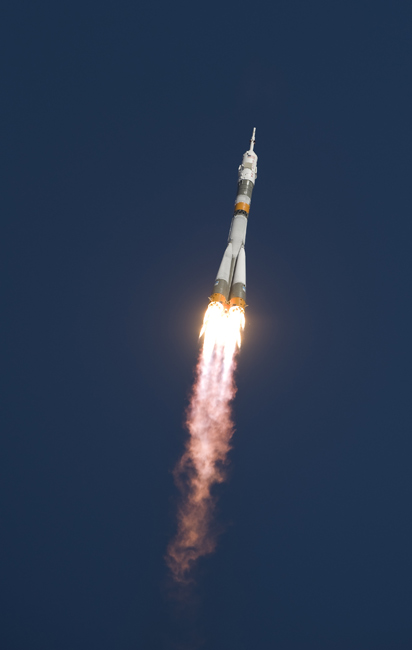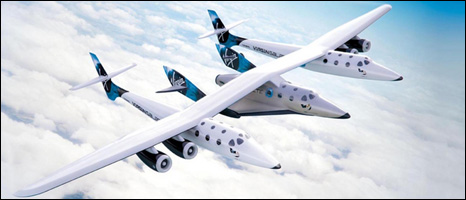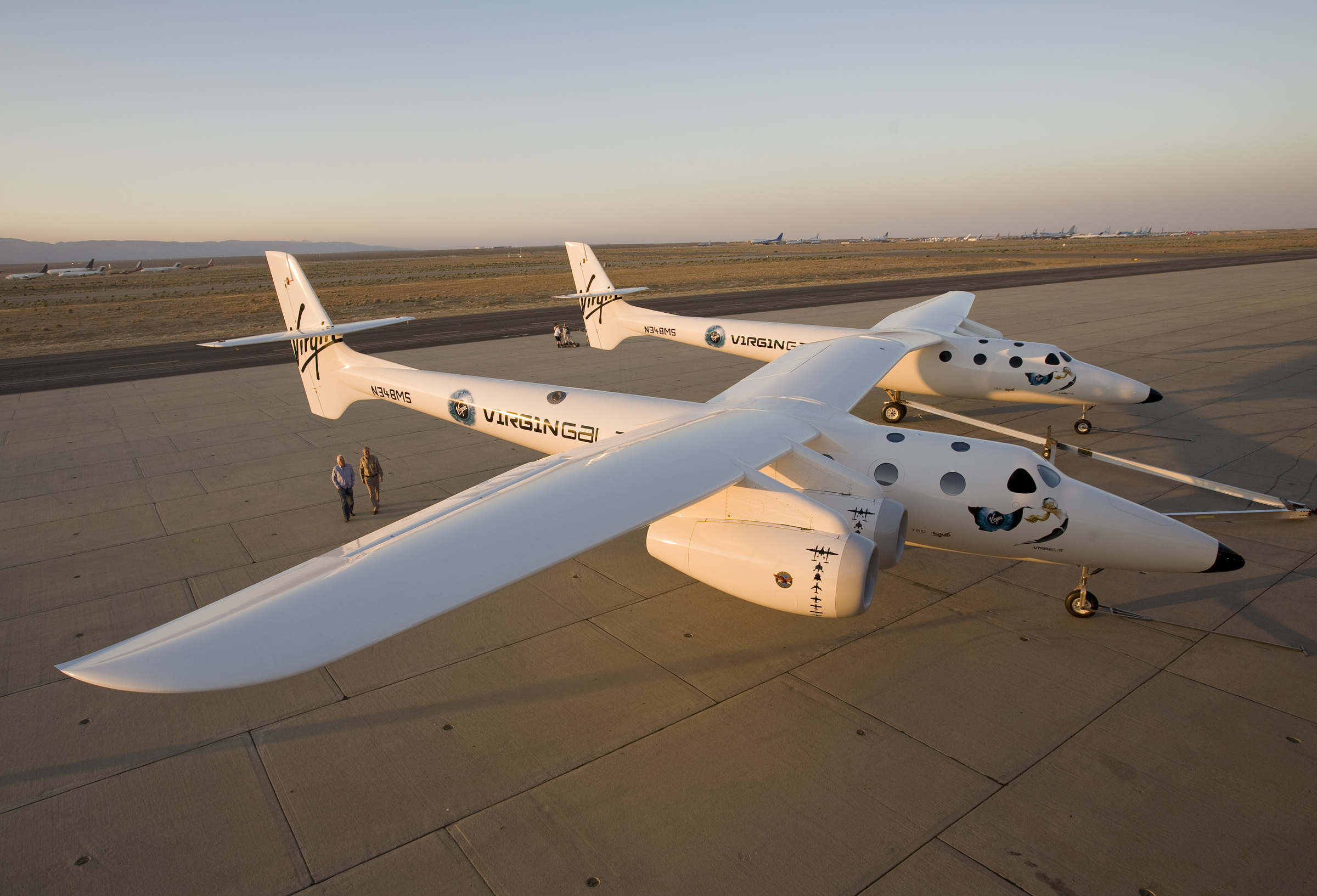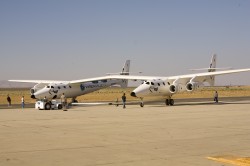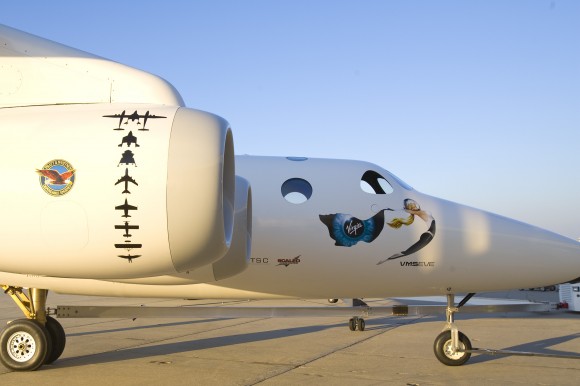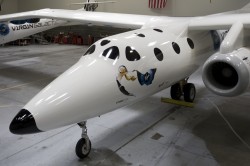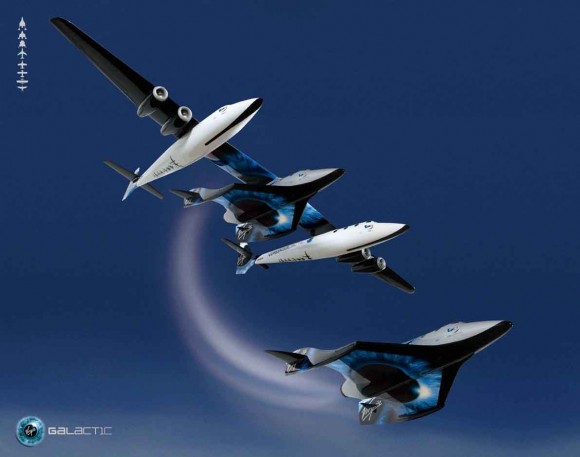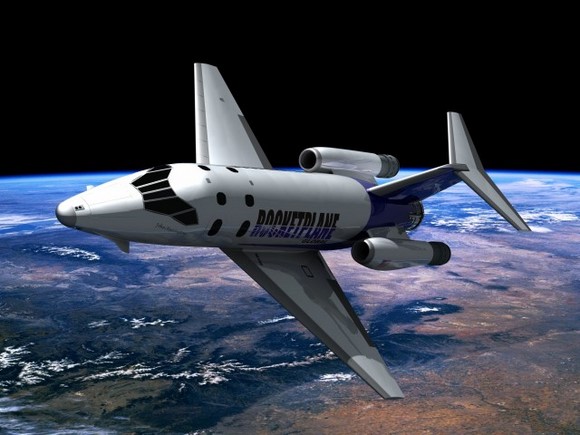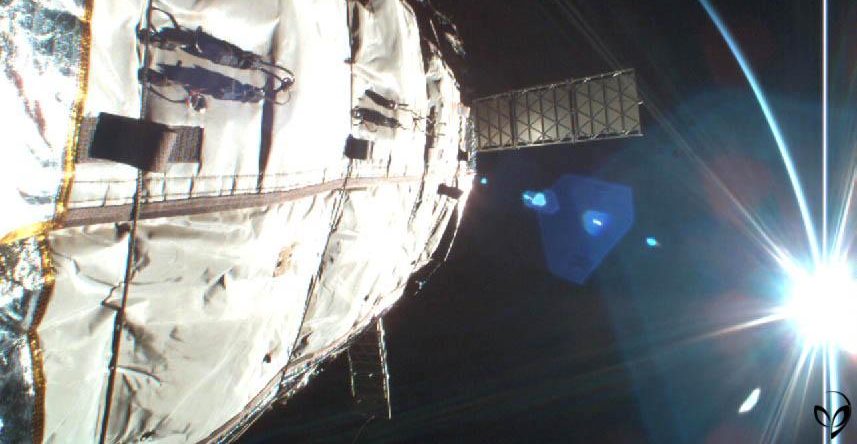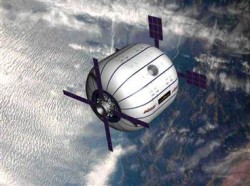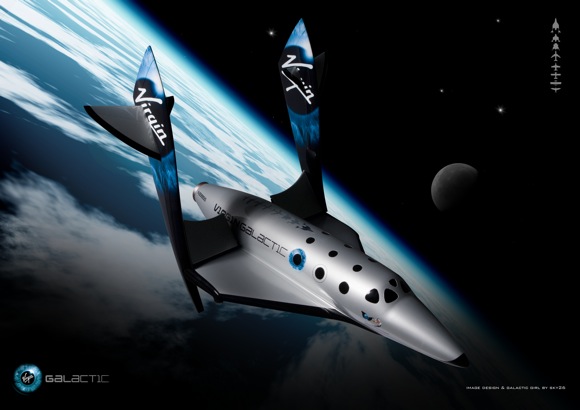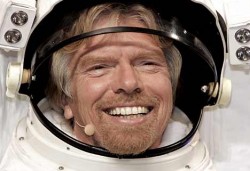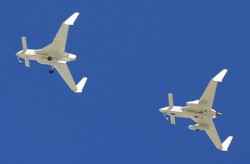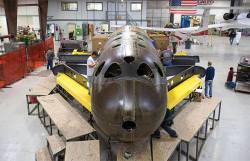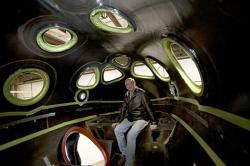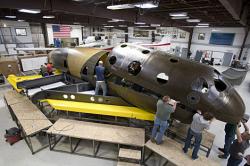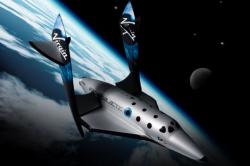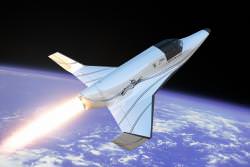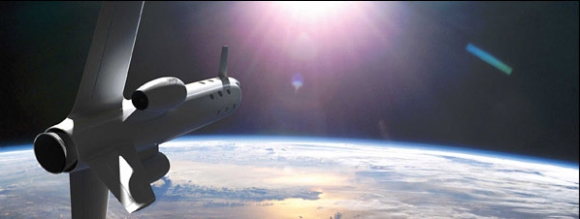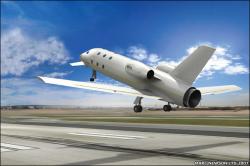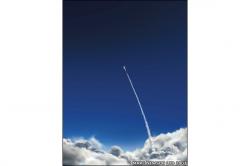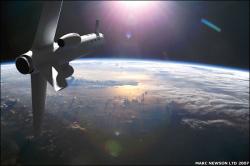[/caption]…but the station’s toilet has broken down again.
For $30 million, you can get a ride into space for a 10-day trip on board the International Space Station. To Richard Garriott, this is money well-spent. He got to spend months training for the experience and he will use the adventure to carry out experiments, educational programs and to follow in his father’s footsteps. 25-years earlier, Owen Garriott flew on Space Shuttle Columbia, and before that he served on Skylab. Having successfully launched on board the Soyuz launch vehicle on Sunday, Garriott Jr. is keen to make space travel a family affair, and make some history along the way; he is the first second-generation American astronaut ever to be launched into space. It sounds like an exciting few days await the 47 year old computer video game entrepreneur…
But like any positive story, there’s a flip-side. The International Space Station, far from being The Ritz at the best of times, has been inflicted with a rather annoying inconvenience… the main toilet is out of order, requiring all on board to use the Soyuz en-suite. Although it is doubtful Garriott will get a room credit for the inconvenience, I’m sure the view of the Earth rotating below, the excitement of being involved in the biggest space project ever conceived, and the joy of zero-G will more than make up for the bathroom situation…
At 3:01 AM EDT (0701 GMT) Sunday morning, Richard Garriott blasted off from the Central Asian spaceport of Baikonur Cosmodrome in Kazakhstan aboard a Soyuz TMA-13 spacecraft. Expedition 18 is being used to ferry two new crewmembers to the ISS. American astronaut Michael Fincke and Russian cosmonaut Yury Lonchakov will keep Garriott company until tomorrow’s (Tuesday) Soyuz docking with the station where the trio will join the existing ISS crewmembers Commander Sergei Volkov, Flight Engineer Oleg Kononenko and astronaut Gregory E. Chamitoff. Volkov and Kononenko will accompany Garriott when he is scheduled to return back to Earth on October 23rd.
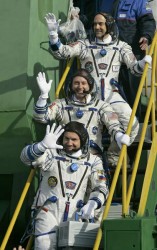
“Today, my dream of following in my father’s footsteps to explore new frontiers is being realized,” Garriott said in a statement shortly after launch in reference to his father, 77 year-old retired NASA scientist-astronaut Owen Garriott. “It’s with honour and appreciation that I launch on my greatest adventure yet, and step into a role assumed by only five private individuals before me.”
Watching his son being launched into orbit, Garriott Sr. supports Richard in all his space-faring dreams. “He wants to charge full speed ahead,” said Owen, who flew to the pioneering Sklab space station in 1973 and flew on shuttle Columbia 10 years later.
Richard Garriott has been preparing for this moment for many months, and his excitement is evident in the post on his website before launch. “I feel well prepared for this flight, and have complete faith in my crew mates, our beautiful rocket, and the huge number of people it takes to launch our Soyuz and operate the ISS,” Garriott said, wanting his friends and family to be there with him. “I wish I could share this experience with each of you, in the way I have had the opportunity to experience it.”
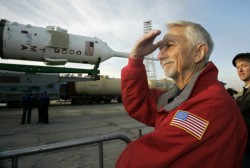
Unfortunately, there will be some uncomfortable days aboard the ISS. On Thursday, the main toilet facility broke down in the Russian Zvezda service module, leaving the crew to use the Soyuz bathroom facilities. The main toilet has been the source of much hassle to the crew and flight controllers; back in June Oleg Kononenko had to carry out a lengthy in-orbit plumbing job to get the gas-liquid separator assembly pump replacement up and running. It would appear a similar problem has struck again, only three months later. Perhaps the crew should ask Kononenko to use his skills once more before the cosmonaut has to return back to Earth with Garriott on October 23rd…
For now, plumbing issues to one side, we look forward to seeing Richard Garriott, the sixth space station tourist, carry out his experiments and observations, relaying all his experiences to the rest of the world who cannot afford the $30 million ticket.
“I will return to our earth in a few weeks, with a vast array of photographs, and a lifetime of new stories,” Garriott wrote in his website message. “I look forward to sharing them with you!”

